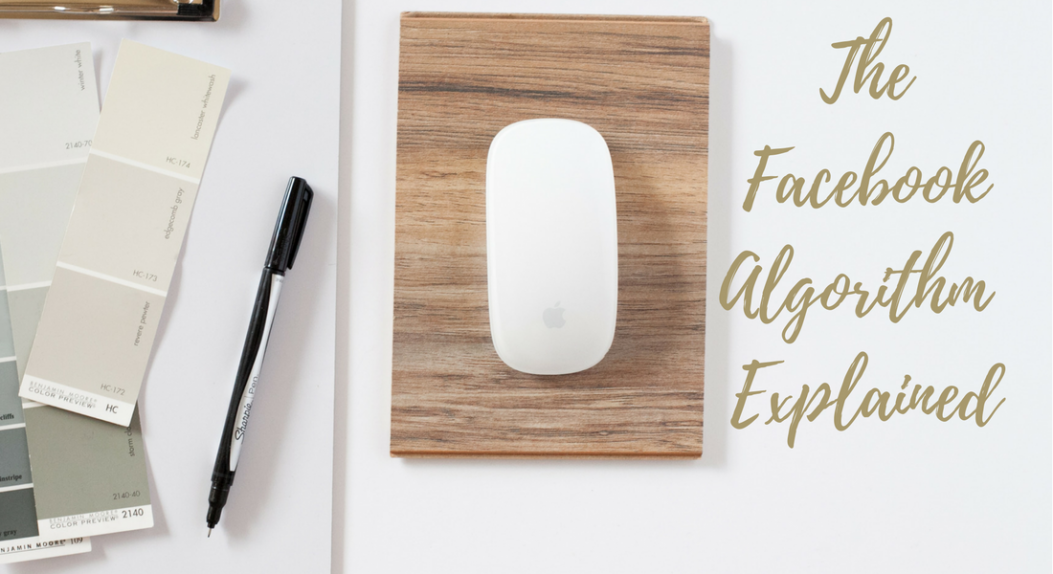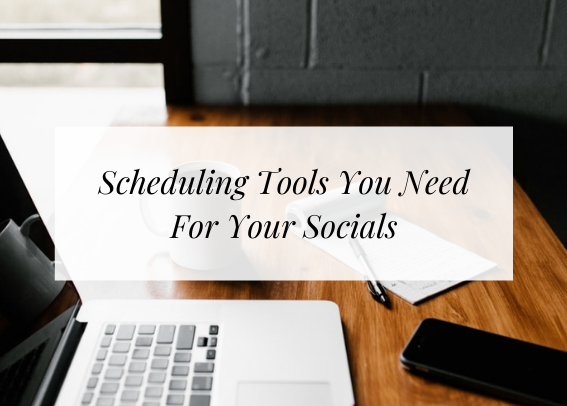To understand Facebook for business and brand use, you must understand how the platform operates. Facebook uses an algorithm to define the user experience on its platform. This algorithm is a set of rules or calculations generated by a computer, which dictates who sees your content, when they see it and why more people see more posts than others.
Here is our overview of how the Facebook Algorithm works, to help you get a better understanding of the platform and optimise your social media efforts.
It all starts with the Facebook news feed
When you start off on Facebook, your news feed is a blank slate. Slowly you start to build your own personalised experience by connecting with people and brands and engaging with their posts. Each user’s Facebook News Feed is unique, as the content is displayed to each user based on what Facebook deems interesting to them.
Facebook is a successful social media network because of its millions of users. If there weren’t people using the platform, Facebook loses its value. Which is why Facebook’s main priority is to ensure that its users are getting the best experience possible from the platform.
As your connections grow, more and more posts are being generated by these people and brands that could potentially be shown in your news feed. Facebook knows that there isn’t enough time in the day for you to see all of these posts, so it only shows you the posts that it considers to be most relevant and valuable to you.
Facebook’s mission is to make your news feed, relevant to you, your interests and your needs to keep you coming back for more.
Facebook then predicts the likelihood of engagement
The content on each individual’s news feed is generated by their own preferences and actions – not by the content being posted by the people they are friends with or Pages they follow. Each time you pause and read, click, like, share or comment on a post, Facebook takes note that this content took your interest and retains that information. This data goes into a big equation to produce the content that will display the next time you open your news feed.
For each post that is shared by your connections, the Facebook algorithm will calculate how likely you are to interact with these posts based on your past actions. Based on that prediction it will determine whether or not that content is shown on your Facebook News Feed and how prominent that content is. Facebook predicts the likelihood of your engagement with a post based on the following factors:
- Who posted the content: How often have you engaged with content from this person/page in the past;
- what type of content is it: What type of content have you engaged with most in the past– videos, text-based posts, images and links – If you click a lot of links to external websites, Facebook will take note of this and show more links in your news feed; and
- the number of interactions the post has received and how quickly it has received that engagement: If a post receives a lot of likes, shares and comments, especially in the first few hours, Facebook will deem this as a more interesting post, and display it more often or to more people.
Assigning a ‘relevancy score’
Once Facebook has predicted the likelihood of you engaging with a post, it then assigns each post with a score which they call a ‘Relevance Score’. This relevancy score is what determines whether you see the post in your feed or not. Each time you close Facebook and open it again, the relevancy score is updated, which is why the same story may pop up on the top of your news feed for longer than others.
Posts from friends and family will most likely receive a higher relevancy score than posts from brands you follow, which is why these posts are more likely to appear on the top of your news feed.
For business and brands, this makes it more of a challenge to get into the news feed.
This is why as digital marketers, we stress the need for focus on engagement on posts and not Page likes or followers. You could have thousands of people liking/following your business page, but if you aren’t posting engaging content on your page your followers will not share, comment or read your content.
This content sits at the bottom of the news feed and is seldom seen. If you have a smaller, more relevant following who are interested and interact with your content, the likelihood of your content appearing at the top more news feeds is going to be greater.
Need help with your digital marketing?
Chronicle Republic Communications is a boutique Sydney marketing consultancy for real estate, property and interiors professionals. We specialise in social media, content marketing, email marketing, blogging, search engine optimisation, social media advertising and much more!
We help our clients tell their brand’s story through engaging and meaningful marketing that captures attention.






